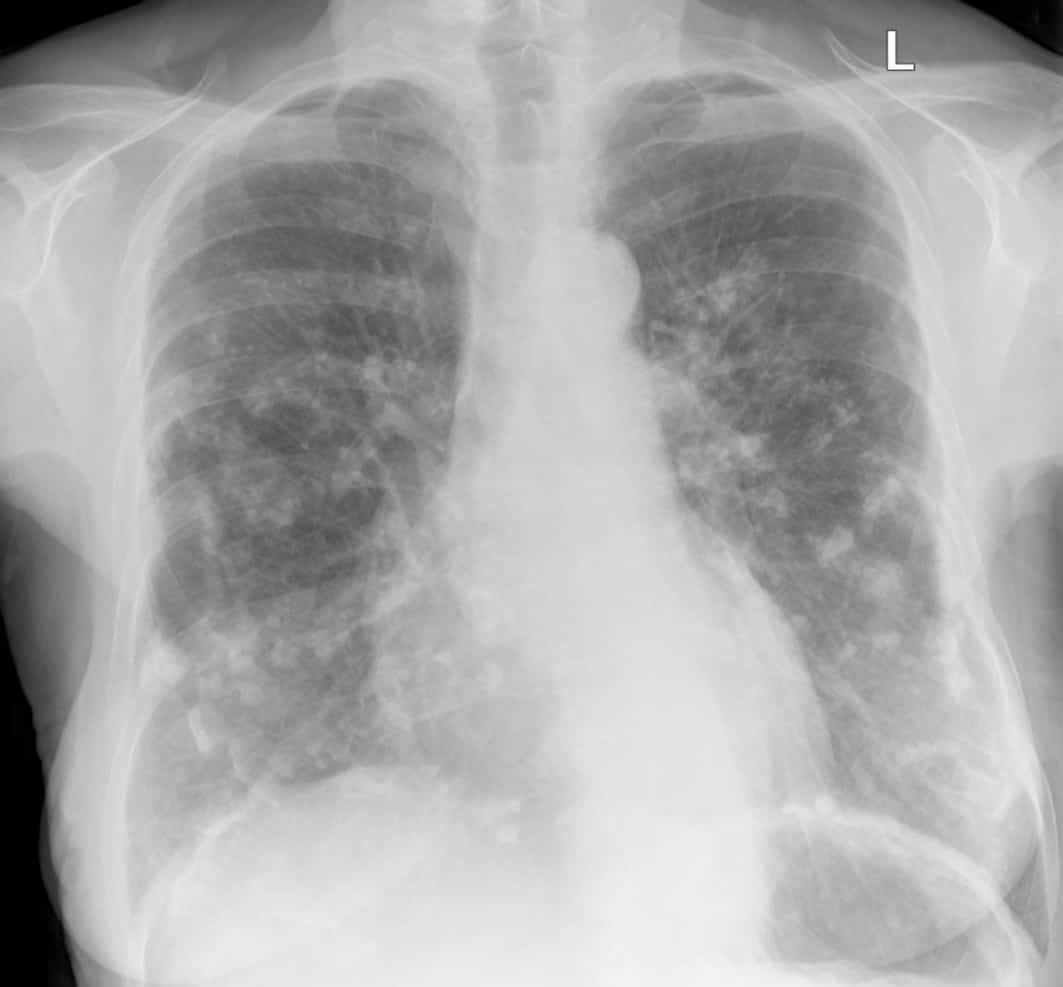
It seems that everything old is new again on television. This is both literally and figuratively true for a popular genre of home improvement and home renovations shows.
Beginning with the landmark 1970s PBS series “This Old House,” all sorts of spin-offs, imitators and remakes have come in its wake. Television audiences apparently can’t get enough of programs that chronicle do-it-yourself success stories and (more often) disasters and they are flipping out over home flipping shows where investors buy outdated or rundown property that they fix up in hopes of making a tidy profit.
The popularity of these shows combined with rising real estate prices have led to a surge in renovations, remodelling and building additions in recent years. But while they may inspire you to get your hands dirty as you tear up tiles and tear down walls, be aware of the hazards that you may encounter as you work on your home.
Asbestos: The Hidden Killer
While that shag carpet in your rec room may make your stomach turn, what you can’t easily see in your home is more likely to make you sick. Asbestos is a group of naturally occurring fibrous minerals that was often used in a variety of building materials during much of the 20th century. If you live or work in building constructed before 1990, chances are you spend every day surrounded by at least some asbestos products.
It’s durability, flexibility and resistance to fire, heat and chemicals made it a favoured source of insulation, but it is also often found in decades-old house siding and roof shingles, cement and plaster, floor and ceiling tiles, heating systems, and as pipe protectors, in addition to other industrial uses.
Left undisturbed, asbestos products aren’t an immediate danger. However, as they break down over time or as fibres invisible to the naked eye become airborne during demolition and construction they can be a serious health hazard. When inhaled, these carcinogenic fibres can become caught in lung tissue and trapped indefinitely. This can result in lung abnormalities such as pleura, scarring causing asbestosis, and a variety of cancers of the lung and gastrointestinal tract including, most seriously, mesothelioma.
While these invisible fibre particles can do immense damage to your lungs and immune system, the larger products containing asbestos cannot always be identified reliably by sight. Although spotting old popcorn ceiling plasters or fibrous wall and attic insulations might set off alarm bells, seeing other asbestos-containing products like dry wall tape and heating ductwork may prompt the same caution.
What is The Risk?
If you’ve undertaken some home renovations involving these types of products, your mind might be racing and your palms might be sweating as you think back to the last time you had a coughing fit. Fortunately, the risk of developing serious diseases from short-term asbestos exposure, even if in moderate amounts, is fairly low. Moreover, most asbestos-related illnesses will only develop years or often decades later.
However, minimizing or avoiding exposure is still advisable. If you plan on doing construction in or around your home, or being present while others do the work, always ensure you have the appropriate permits and complete appropriate safety inspections. Hazardous material testing professionals should be called in to do an assessment and spot checks on at-risk materials. If asbestos is found, companies specializing in remediation should be sought out as it’s never advisable to attempt to remove asbestos without the proper training and equipment.
If you do believe you had experienced short-term asbestos exposure, notify your doctor so (s)he is aware when conducting future physical examinations or medical tests. Activities like smoking, which greatly increase the risk of developing asbestos-related disease, should be avoided, but otherwise, over-worrying about your potential to develop these diseases will likely cause more health issues than the effects of one or two incidents on their own.
Long-Term Exposure to Asbestos
The risk of asbestos increases substantially with long-term or repeated exposures to the substance. People who worked or are still working in the construction and home renovation industries are among the groups more at risk of developing an asbestos-related disease because their line of work may have brought them in contact with asbestos fibres much more frequently. Additionally, working without the proper protective masks, clothing and other decontaminants, they could have faced significant exposures. People who live in close proximity to these workers, such as their family members, are also at risk of secondary exposure to asbestos which can increase the likelihood of developing these diseases.
In future blog posts, I will examine these risks of long-term exposure and what types of compensation and legal options are available for people whose lives have been affected.
Safety First
Trying your hand at home remodelling and renovations can be a lot of fun, but remember that there is a serious side as well. Always ensure you identify potential hazards and risks to undertaking a project. If you are doing work and believe you may have disturbed asbestos:
- Stop working at the site immediately
- Put on P3 level respiratory protective equipment if it’s available
- If available, use a water-filled spray bottle to dampen the site and thereby prevent the fibres from becoming or staying airborne
- Minimize spreading the fibres by wiping yourself down with a damp rag and disposing of the rag and the clothes you are wearing (or seal them in a bag and bring them to a specialist cleaner)
- Seal the space by closing doors and windows and turning off forced air heating and cooling systems if possible. Mark the site as potentially contaminated and hazardous.
- Shower and wash your hair
- Contact a hazardous material testing company for additional instructions
When in doubt, always contact a professional to do testing of building materials in advance of a project or hire a trained crew to do demolition and material removal. When it comes to working on your old, and potentially asbestos-filled house, it’s always better to be safe than sorry.
For more information, please contact personal injury lawyer Paul Miller at 416-646-3901 or by email at pmiller@hshlawyers.com.






